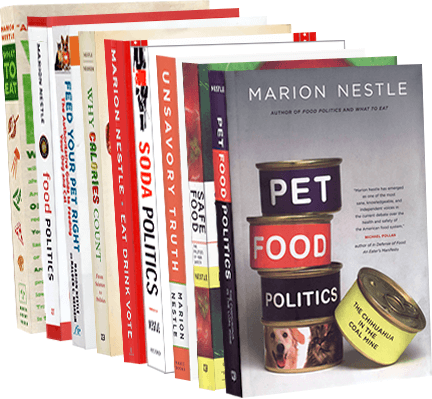Never a dull moment. The Institute for Agriculture and Trade Policy (IATP), a think-tank in Minneapolis, tested brand-name foods made with high fructose corn syrup (HFCS) and found about half of them to contain mercury. HFCS, it seems, is made by a process that involves lye, which in turn is made in chlorine – alkali plants by a method that uses mercury. Mercury is a neurotoxin, although not as bad a toxin as methymercury, the kind that accumulates in large, predatory fish. A scientific report published in Environmental Health says the amounts of mercury in HFCS ranged from 0.00 to 0.57 micrograms per gram. The IATP’s bottom line: the process for making HFCS should be changed to one that does not introduce mercury.
This seems like quite sensible advice, but how worried should we be about mercury in HFCS? I agree that mercury in any form is unlikely to be good, but I have no idea whether such low levels do measurable harm. For one thing, these studies did not compare the amounts of mercury found in HFCS to those typically found in foods that do not contain HFCS. My guess is that most foods contain low levels of mercury because mercury is prevalent in air, water, and soil, especially around coal-burning power plants. Also, soft drinks are the major sources of HFCS in American diets, but these were found to be relatively free of mercury. This is puzzling.
If anything, these studies are a call for more research on heavy metal toxicology. In the meantime, let’s lobby for changing this process for making HFCS, but even more so for cleaning up coal-burning power plants that supply 40% of mercury in our environment.
Update January 28: Food Production Daily has a good report on this, with quotes from the Corn Refiners.

